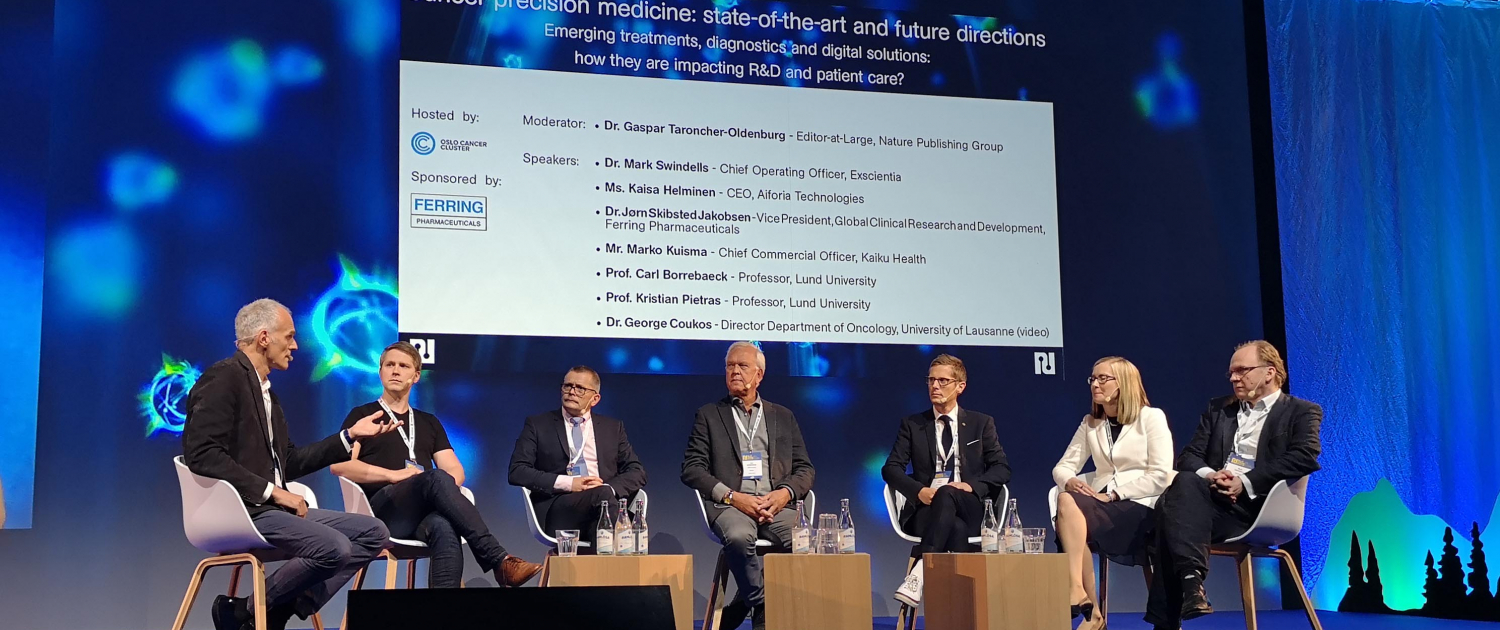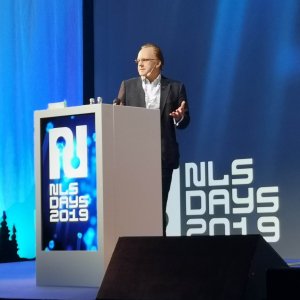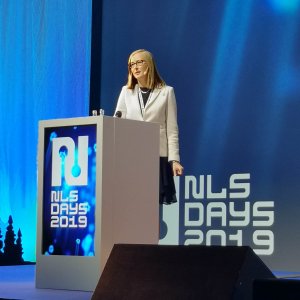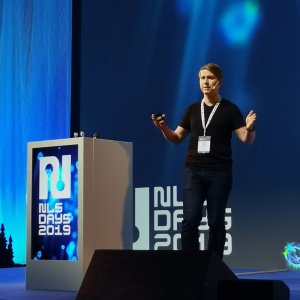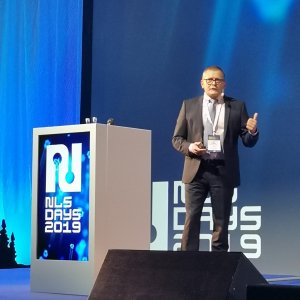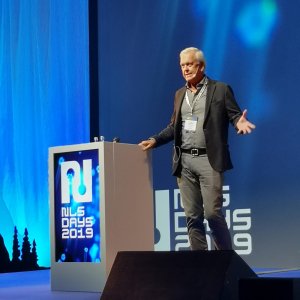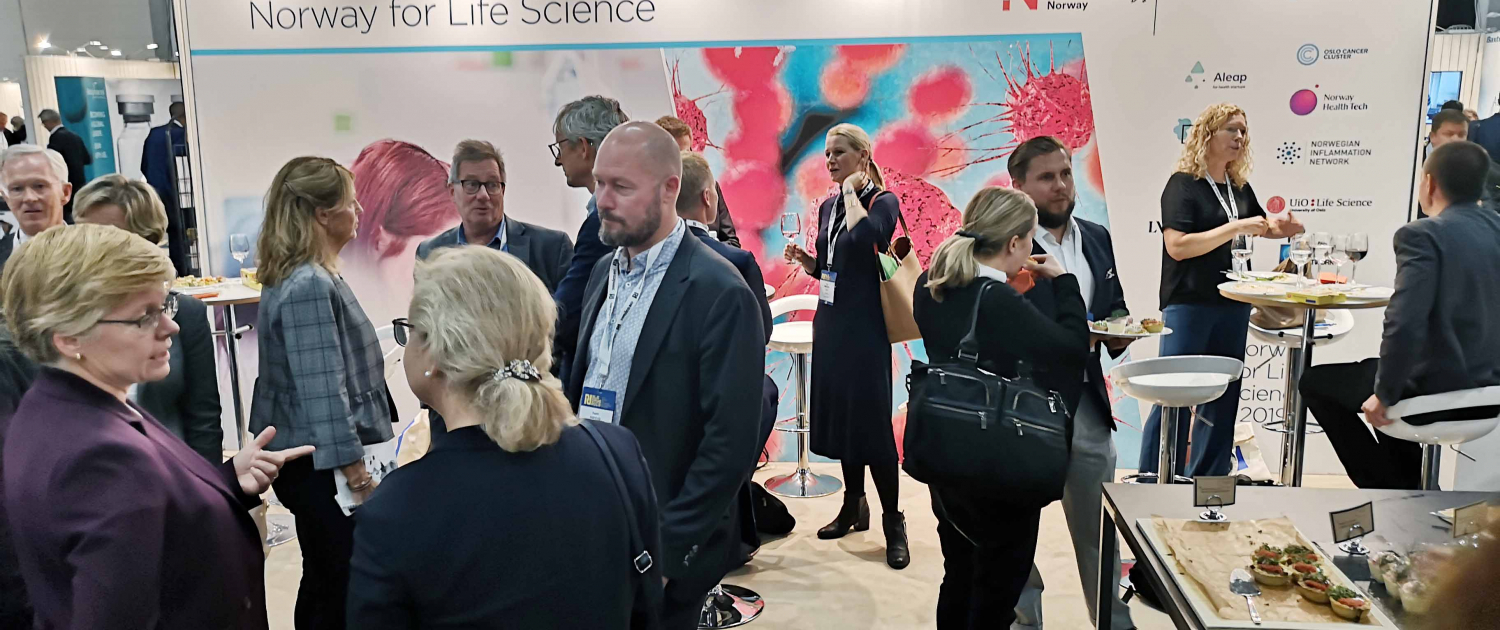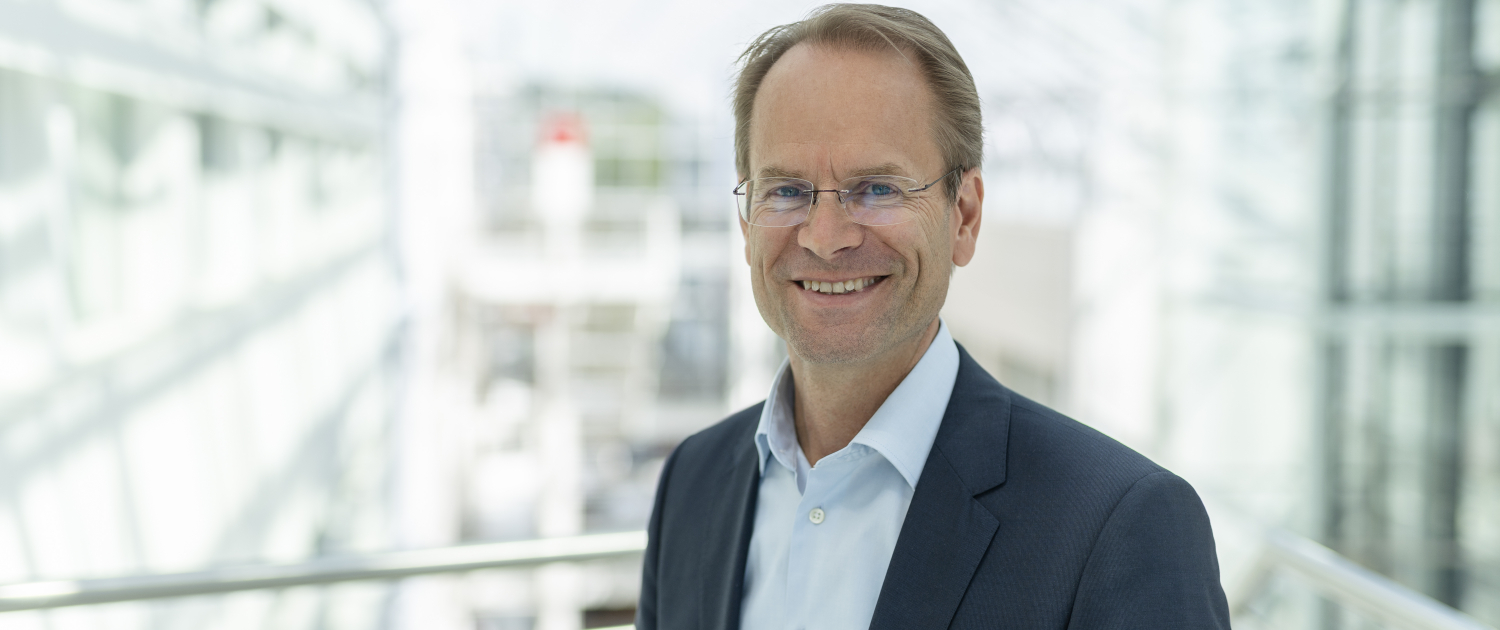Educating the cancer researchers of tomorrow
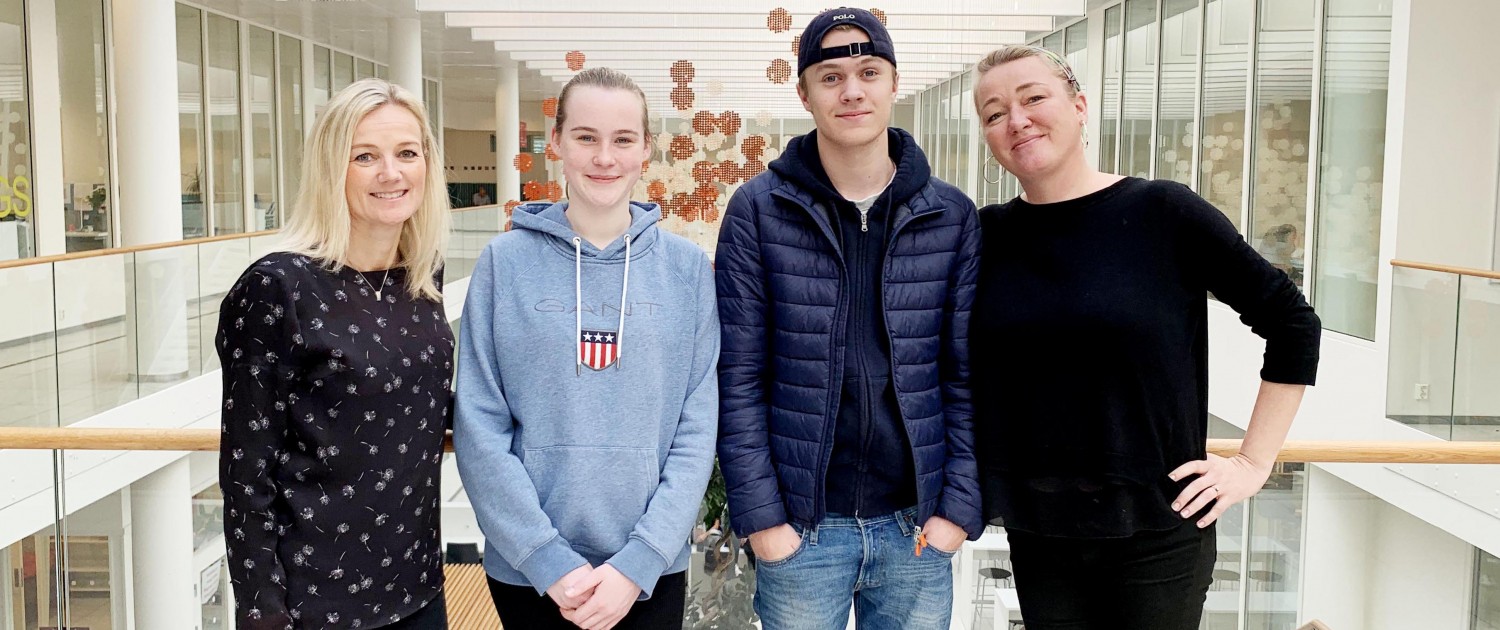
Ullern Upper Secondary School and Oslo Cancer Cluster are paving the way for students to become the researchers of the future.
A new program has been launched this autumn for Ullern students who wish to learn how researchers work. It will qualify students for university studies and specialise them in biomedical research, technology and innovation. It is the only researcher program for upper secondary school in Norway.
“The researcher program at Ullern will be a place where students are encouraged and guided to become independent students, with a need to explore, an understanding of methods and a desire to learn,” said Ragni Fet, teacher at Ullern Upper Secondary School. “They will learn to gather good and reliable information, they will do research in practice through varied experiments, and they will gain real insight into job opportunities in the research industry.”
The program is a joint initiative between Oslo Cancer Cluster and Ullern Upper Secondary School, who have been collaborating since 2009. This has offered students in the natural sciences, health, media and electricity special opportunities to learn science subjects outside a traditional classroom setting.
“The purpose of launching a researcher program at Ullern Upper Secondary School is to recruit the researchers, scientists and entrepreneurs of the future,” said Bente Prestegård, Project Manager at Oslo Cancer Cluster. “We know that these jobs are needed, and we want to teach students about what it means to be a researcher or entrepreneur. With better insight into the professions, the students will be able to make a safe career choice.”
With a passion for science
About 30 students have already begun this unique program at Ullern Upper Secondary School. One of them is Henrikke Thrane-Steen Røkke.
“I chose the researcher program because I personally enjoy studying the natural sciences and innovation, and I wanted more of those subjects. I had entrepreneurship as an elective at secondary school and thought it was a lot of fun. I think it seemed very exciting and wanted to learn more,” Henrikke explained. “I hope I can gain insight into what it is like to work as a researcher. I hope we can see and experience a lot of it in practice and to work in depth with some subjects in certain areas.”
The program is especially well suited for students with an interest in the natural sciences, such as Peder Nerland Hellesylt, who also recently begun the program.
“I applied to this program because I have always had an interest for the natural sciences and mathematics,” Peder said. ”I think this program is very interesting because we aren’t just sitting and writing, but get practical tasks too, for example experiments.”
Mixing theory with practice
Ullern Upper Secondary School is located right next to The Norwegian Radium Hospital, The Institute for Cancer Research, The Norwegian Cancer Registry and the Oslo Cancer Cluster Incubator, with its over 30 big and small companies. The students are therefore never far from world class researchers. This offers the unique opportunity to take advantage of the co-localisation and use mentors from the research milieu in the teaching.
“Through the collaboration with Oslo Cancer Cluster, we will obtain external lecturers to the class rooms; bring the students to multiple, exciting innovation companies and laboratories; and the students will attempt real research experiments themselves. We are raising the level and are ambitious for the sake of the students,” Ragni Fet said.


